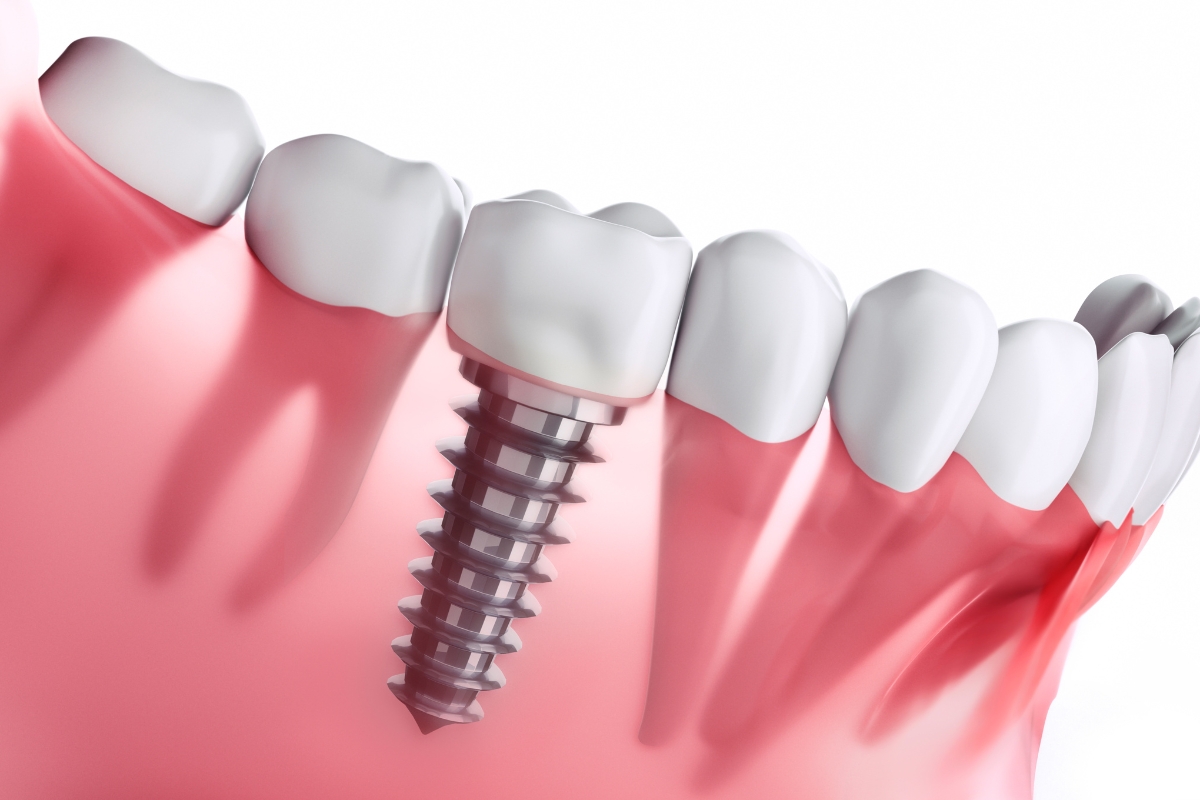
Effective Ways to Manage Discomfort During Tooth Extractions
August 31, 2024
Tooth Extractions
Getting a tooth pulled can feel intimidating, but modern techniques make the experience much more comfortable than it once was. With advancements in pain management, you can undergo a tooth extraction with minimal discomfort and anxiety. Whether you’re dealing with wisdom teeth removal or addressing a problematic tooth, understanding how to manage pain effectively is essential for a smooth process.
Preparing for a Comfortable Procedure
Proper preparation before your extraction ensures the procedure goes as smoothly as possible. One key component is discussing your pain tolerance and any anxieties with your dentist. This helps them determine the best methods for your comfort. Most extractions require either local anesthesia or sedation, both of which numb the area and relax your nerves.
A simple local anesthetic will numb only the area around your tooth, blocking pain signals. Sedation options, such as nitrous oxide or IV sedation, offer additional relaxation, especially if you’re feeling anxious. These techniques make a big difference in how you experience tooth extraction.
Local Anesthesia: The First Line of Defense
For most routine extractions, local anesthesia is the first step to managing pain. This numbs the specific area where the tooth will be removed, preventing you from feeling pain while keeping you awake during the procedure. Dentists administer this through an injection, which typically takes effect within minutes. The goal is to block pain receptors in the area so that you only feel pressure rather than sharp sensations.
Although local anesthesia is highly effective, communication is crucial. If you still feel discomfort after the initial dose, your dentist can adjust or administer more anesthetic. This is one of the most basic yet effective tooth extraction pain management techniques.
Sedation for Anxiety and Pain
If the thought of being awake during the procedure makes you uneasy, sedation may be the right option for you. Sedation dentistry helps patients relax and minimizes awareness during tooth extraction. There are various levels of sedation, each tailored to the patient’s needs.
- Nitrous Oxide (Laughing Gas): This mild sedative is administered through a mask and helps you feel calm and relaxed. It’s ideal for patients who experience mild anxiety.
- Oral Sedation: In this option, you take a pill before the procedure to help you relax. The sedative effects will make you drowsy but not unconscious.
- IV Sedation: A stronger option, IV sedation puts you in a twilight state where you’re mostly unaware of the procedure but still able to respond to stimuli. It’s often recommended for more complex extractions or highly anxious patients.
These methods are useful not only for managing pain but also for easing the mental stress that often comes with dental procedures.
Post-Extraction Pain Management
Once the tooth has been removed, pain can still be present as the body heals. However, various methods can keep discomfort to a minimum. Your dentist may prescribe medications such as ibuprofen or acetaminophen to manage post-extraction soreness. These over-the-counter pain relievers are often enough for most patients, especially when taken on schedule.
In more complicated cases, such as wisdom tooth extractions, a stronger prescription pain reliever may be recommended. However, always follow your dentist’s instructions carefully when taking these medications.
Natural Techniques for Comfort
Aside from medication, some natural approaches can help ease discomfort and swelling after a tooth extraction. Cold compresses applied to the cheek near the extraction site can reduce swelling and numb the area. For the first 24 hours after the procedure, use cold packs for 15-minute intervals to keep swelling down.
Maintaining a soft diet and avoiding hot or spicy foods also promotes healing and reduces irritation. Smoothies, yogurt, and mashed potatoes are great options during the initial recovery period. It’s best to avoid using straws, as the suction could disturb the healing site.
Additionally, saltwater rinses can help keep the area clean and promote faster healing. Rinse gently with a mixture of warm water and salt after meals to reduce bacteria and ease any soreness. While these methods don’t replace medication, they offer extra relief and complement your recovery plan.
Long-Term Care for Comfort
The days following your extraction are crucial for a smooth recovery. Aside from regular pain management, maintaining good oral hygiene is essential. Brush your teeth carefully, avoid the extraction site, and follow any care instructions given by your dentist.
Keep your head elevated when lying down to prevent throbbing sensations and manage swelling. Avoid strenuous activities that could raise your blood pressure and disturb the clot forming over the extraction site.
It’s also important to attend any follow-up appointments, where your dentist can monitor the healing process and adjust pain management strategies if necessary. In rare cases where a dry socket occurs (when the blood clot dislodges), prompt action by your dentist will ensure proper treatment and relief from discomfort.
A Comfortable Path to Healing
Tooth extractions may seem overwhelming, but with the right pain management techniques, you can approach the procedure with confidence. An open dialogue with your dentist ensures that your comfort is prioritized, whether through local anesthesia, sedation, or post-extraction care. Each step of the way, modern advancements in dental care provide solutions that make the experience much more manageable. Working closely with your Matthews dentist will give you access to expert care and advice, making your tooth extraction as comfortable as possible.
More Blog Posts

Celebrating Dr. Ashley Dawson: Honored as One of America’s 40 Under 40 Top Dentists for 2025

Your “Use-It-Lose-It” Checklist: Getting the Most Value from Your Dental Plan

Maintaining Your Dental Implants: A Long-Term Care Guide

The Dawson Modern Dentistry Guide for Seniors in Matthews: What to Do in a Dental Emergency


